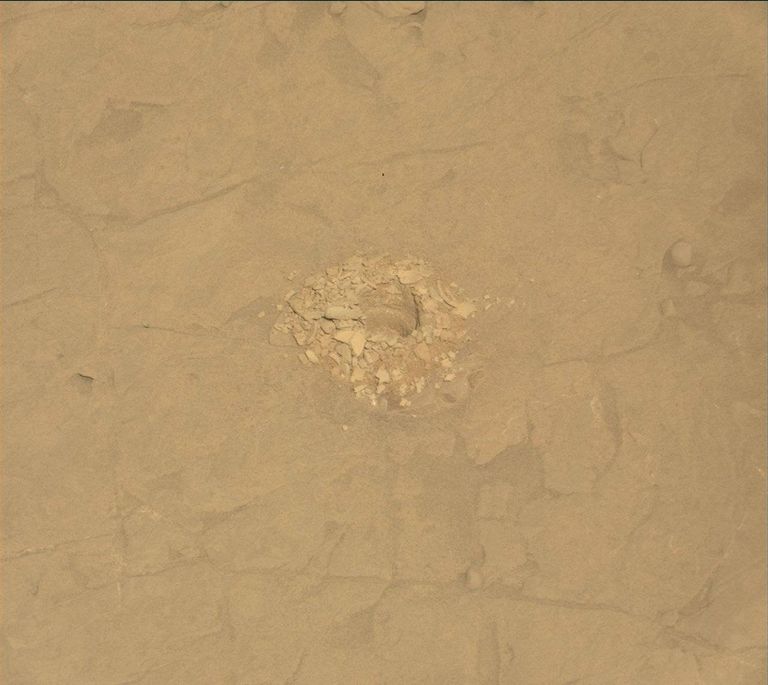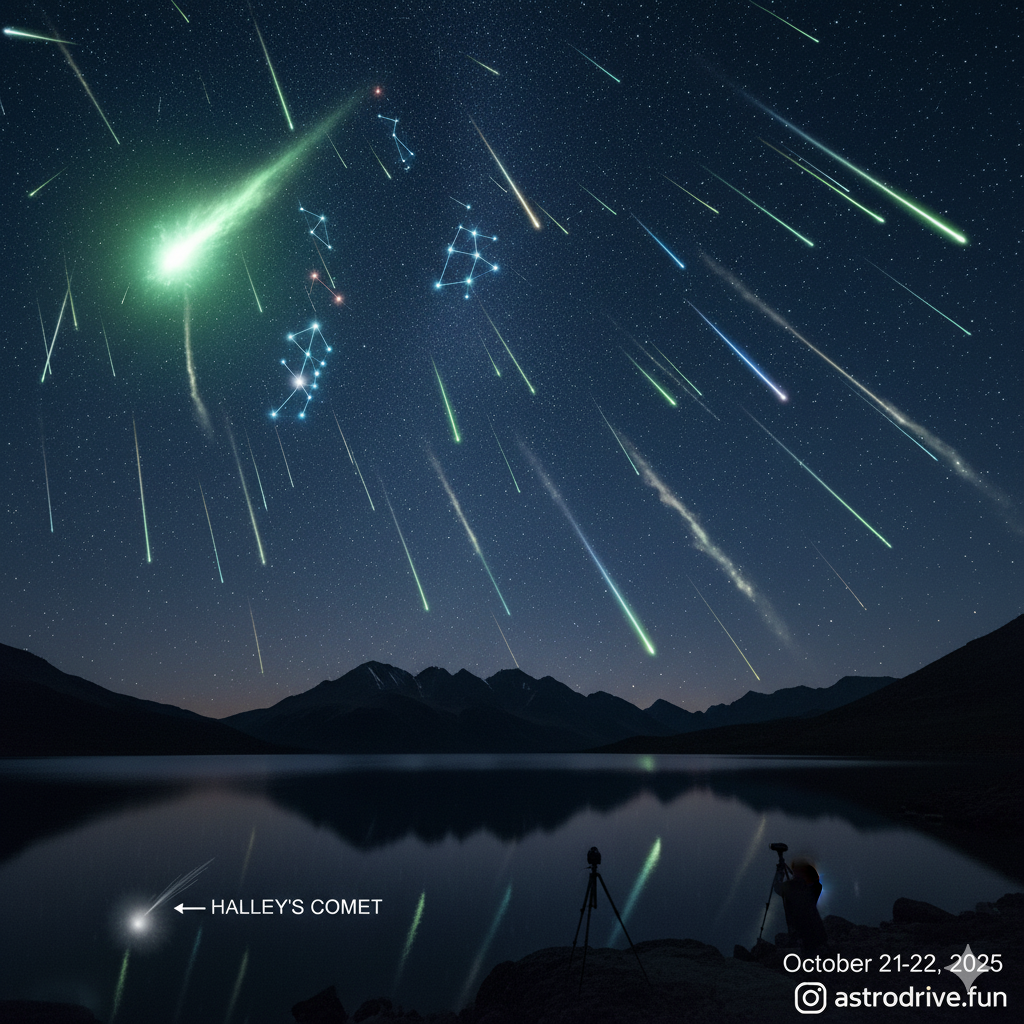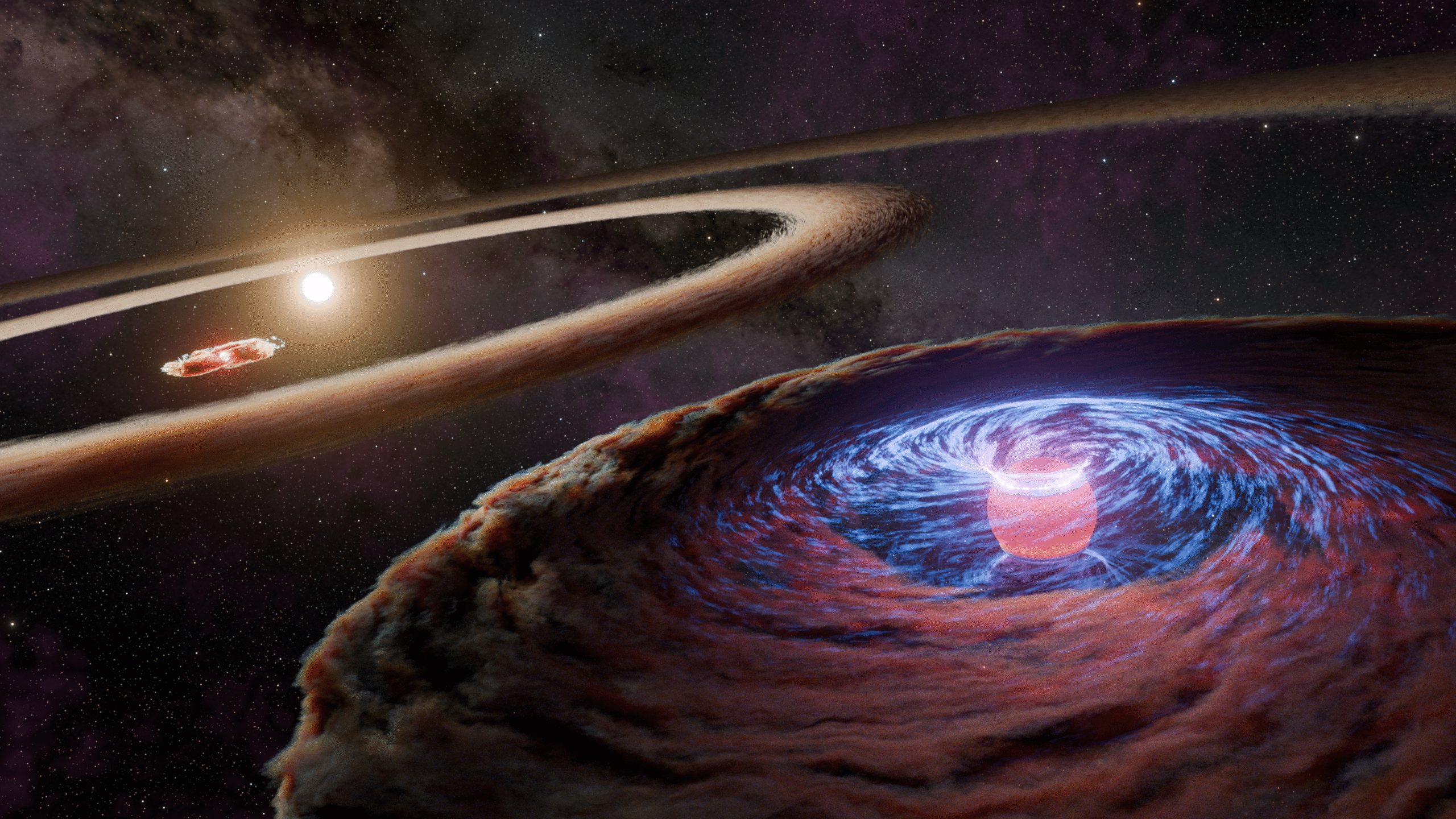Curiosity Rover Update (Sols 4568–4569): Inside the Altadena Drill Hole and Its Debris

Written by Sharon Wilson Purdy, Planetary Geologist at the Smithsonian National Air and Space Museum
Earth Planning Date: Wednesday, June 11, 2025
As Curiosity nears the end of the Altadena drill campaign, the rover continues its exploration of Martian bedrock within the intriguing boxwork structures on Mount Sharp. Following the successful delivery of powdered rock samples to both the CheMin (Chemistry and Mineralogy) and SAM (Sample Analysis at Mars) instruments, the primary focus for sols 4568 and 4569 shifted to examining the drill hole itself—particularly the interior walls and the surrounding tailings (the rock material displaced by the drilling process).
In the image above, subtle color variations can be observed along the drill hole’s inner walls, suggesting changes in the rock with depth. The surrounding tailings display a mix of fine powder and more cohesive clumps. When compared to the 42 previous drill sites, the Altadena site highlights the remarkable diversity of rock colors, textures, and grain sizes Curiosity has encountered over its 12-year mission. Each drill hole offers a glimpse into Mars’ geological history and helps piece together how the planet’s ancient environment and climate have evolved.
In this two-sol plan, the ChemCam, Mastcam, APXS, and MAHLI instruments worked in coordination to capture detailed images and chemical data from the drill hole walls and tailings before the rover departs this site later in the week. Beyond the immediate area, Mastcam also created two stereo mosaics to image nearby boxwork structures and the layered features of Texoli Butte. ChemCam acquired three long-distance RMI (Remote Micro-Imager) mosaics to examine stratigraphy at the base of “Mishe Mokwa” hill, complete imaging of the surrounding boxwork, and observe the distant crater rim—roughly 90 kilometers (56 miles) away—to study atmospheric scattering.
Finally, the environmental science team added atmospheric observations, including measurements of current conditions and a dust devil survey to monitor local weather activity.







